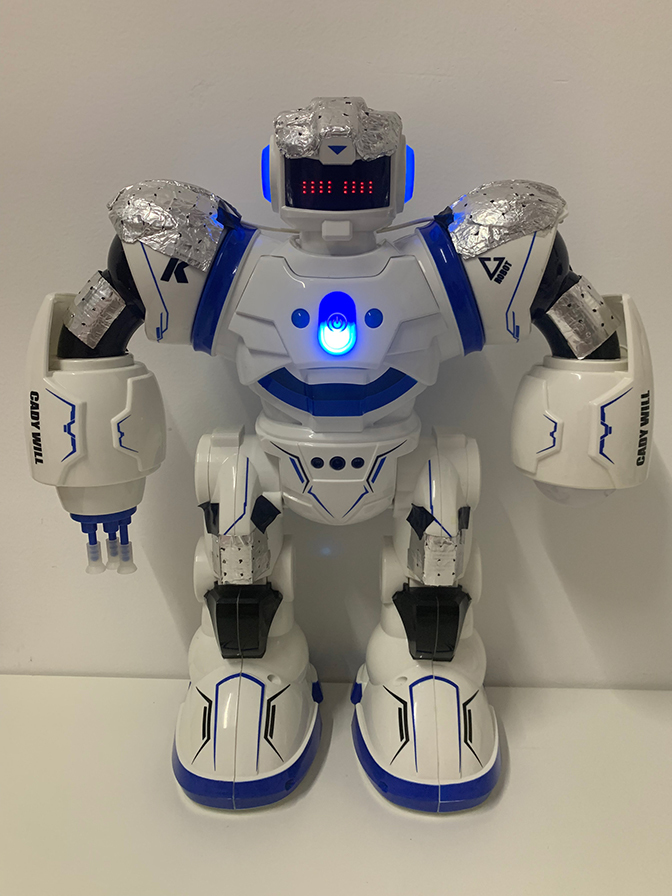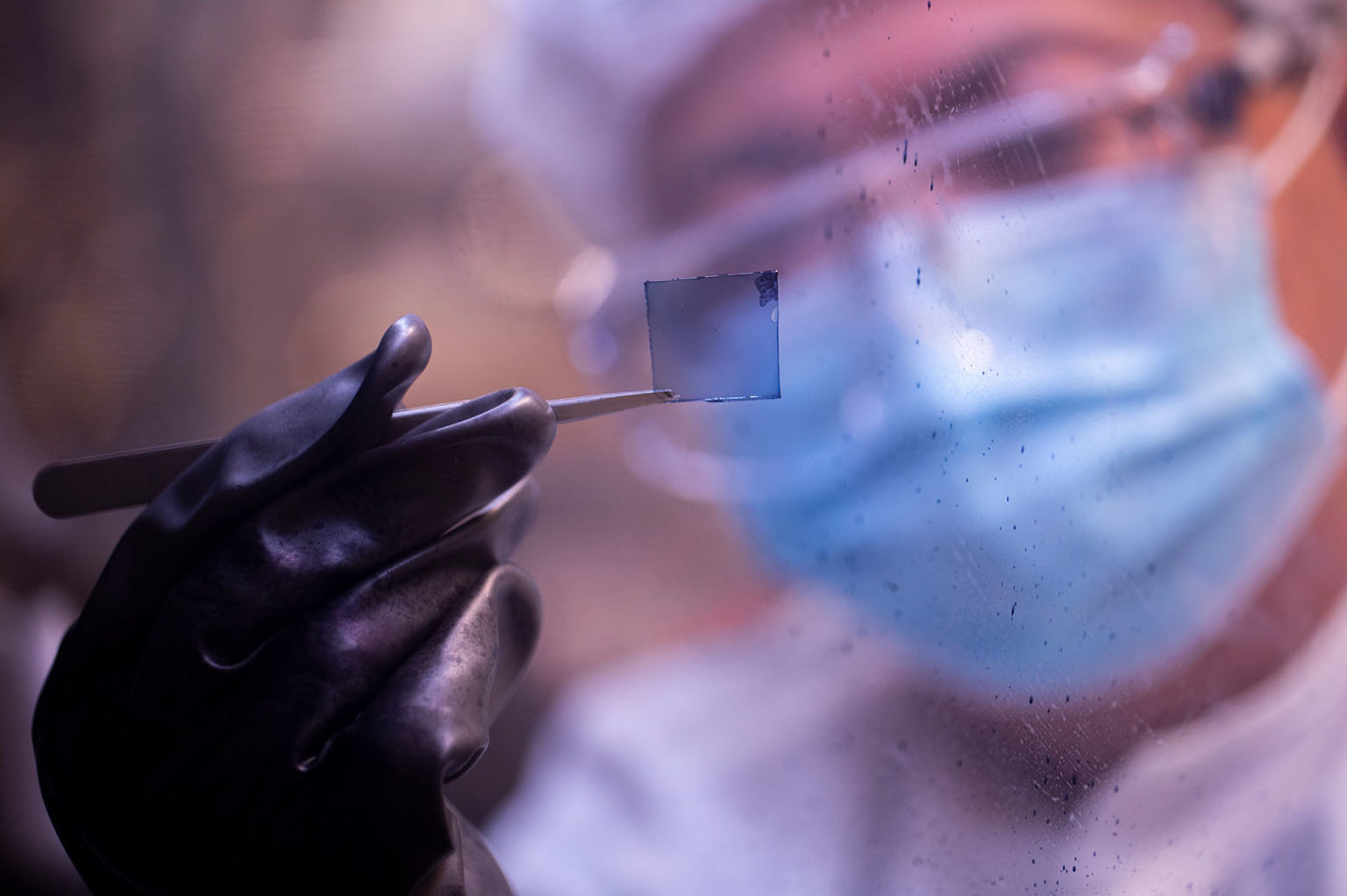(Biomorphic batteries could provide 72x more energy for robots)
2020/8/19 アメリカ合衆国・ミシガン大学

・ ミシガン大学が、ロボットに統合することでエネルギーをより多量に供給できる、構造部材兼用型の亜鉛-空気蓄電池技術を開発。脂肪にエネルギーを貯蔵する生体機能に着想を得た。
・ デリバリードローンから介護ロボットまで、モバイルロボットアプリケーションは多岐にわたる。より小さなスケールでは、自己集合して大型デバイスとなるスワームロボットの研究開発が実施されている。
・ このような微小なロボットでは、現在のスタンドアローン型電池ではサイズが大きく非効率となるため、今回開発の技術による電池容量の向上は特に重要となる。電池はロボット内部のスペースの 20%超を占めるため、ロボット設計を制限する。多機能性の構造部材兼用電池の利用により、内部スペースの確保と軽量化が可能だが、このような電池の役割は主電池の補助となっている。
・ 過去の研究で開発した構造部材兼用型の亜鉛電池に改良を加え、最先端のリチウムイオン電池に匹敵するエネルギー密度を達成。高エネルギー密度と安価な材料の組み合わせでデリバリーロボットの移動距離を倍増できるが、外部構成部材を同亜鉛電池で代替すれば、リチウムイオン電池 1 個の72 倍超の高容量の獲得も可能と考える。
・ 同亜鉛電池は、亜鉛電極と空気極の間を電解質膜を通して水酸化物イオンが移動することで働く。同電解質膜は、Kevlar®製品に使用される炭素ベースのアラミドナノファイバーのネットワークと、イオンの往復を促す水ベースの新ポリマーゲルより構成される。
・ 安価、豊富でほぼ無毒性の材料による同亜鉛電池は、従来の電池に比べ環境により優しく、電解質膜のゲルやアラミドナノファイバーは、電池が損傷してもリチウムイオン電池の引火性電解質のように発火しない。また、アラミドナノファイバーは、使用済みの防護具からアップサイクルが可能。
・ 標準・小型の両サイズの芋虫型とサソリ型ロボット玩具の電池を同亜鉛電池に入れ替えて同技術を実証。ただし、高容量の維持が可能なのは 100 サイクルのみ(スマートフォンのリチウムイオン電池では 500 超サイクル)。これは、亜鉛金属が形成する針状のデンドライトが電解質に孔を開けるため。両電極間の強力なアラミドナノファイバーネットワークが長サイクル寿命の鍵。
・ 同技術について特許申請し、市場化のためのパートナーを募集中。本研究には、米国国防総省(DoD)、米国立科学財団(NSF)および米国空軍科学研究局(AFOSR)が資金を提供した。
URL: https://news.engin.umich.edu/2020/08/powering-robots-biomorphic-batteries-could-provide-72-times-more-energy-than-stand-alone-cells/
<NEDO海外技術情報より>
(関連情報)
Science Robotics 掲載論文(アブストラクトのみ:全文は有料)
Biomorphic structural batteries for robotics
URL: https://robotics.sciencemag.org/content/5/45/eaba1912
Abstract
Batteries with conformal shape and multiple functionalities could provide new degrees of freedom in the design of robotic devices. For example, the ability to provide both load bearing and energy storage can increase the payload and extend the operational range for robots. However, realizing these kinds of structural power devices requires the development of materials with suitable mechanical and ion transport properties. Here, we report biomimetic aramid nanofibers–based composites with cartilage-like nanoscale morphology that display an unusual combination of mechanical and ion transport properties. Ion-conducting membranes from these aramid nanofiber composites enable pliable zinc-air batteries with cyclic performance exceeding 100 hours that can also serve as protective covers in various robots including soft and flexible miniaturized robots. The unique properties of the aramid ion conductors are attributed to the percolating network architecture of nanofibers with high connectivity and strong nanoscale filaments designed using a graph theory of composite architecture when the continuous aramid filaments are denoted as edges and intersections are denoted as nodes. The total capacity of these body-integrated structural batteries is 72 times greater compared with a stand-alone Li-ion battery with the same volume. These materials and their graph theory description enable a new generation of robotic devices, body prosthetics, and flexible and soft robotics with nature-inspired distributed energy storage.



